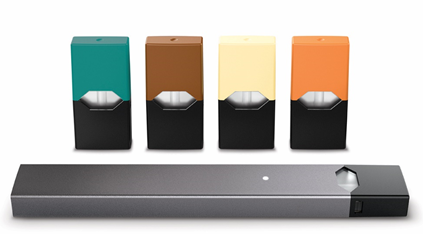Who can gain from higher cybersecurity awareness? – By Troy Gill, eCampus News
Earlier this spring, it was reported that Washington State University agreed to pay over $4.7 million to settle a lawsuit involving the breach of 1.2 million individuals’ confidential records. The settlement grabbed headlines likely for three reasons: a rare privacy and cybersecurity case involving a public university, the staggering figures in question in terms of both the settlement amount and alleged victims involved, and last but not least, the can-you-believe-what-happened circumstance that has since come to light behind the breach.
It is not everyday news to see a university involved in a cybersecurity breach. Yes, it happens likely more than we know, but it is not typically as dramatic in scale. Perhaps you would see a case where 50 faculty members from one department had their online access hacked by a student, or something similar, but rarely would it involve 1.2 million records. Most universities do not have one single database that contains millions of valid social security numbers, as is the case here.
One may say what transpired was also dramatic in terms of the actual breach event. Not dramatic by ways of car chases or state-sponsored transcontinental heists–quite the opposite actually–but rather it was gasp-inducing in terms of the recklessness involved, according to at least one legal expert interviewed. Missed opportunities to practice basic cybersecurity awareness were precursors for the breach that affected over a million people.

Lawmakers focus on Juul’s role in teen vaping surge – by NBC News
Testimony on Capitol Hill on Wednesday painted e-cigarette manufacturer Juul Labs Inc. as a calculating, ruthless company that continues to target impressionable children, despite claims that it's trying to curb youth access to its products.
Physicians and members of an advocacy group against teen vaping testified in front of the House Committee on Oversight and Reform's subcommittee on Economic and Consumer Policy.
"We're hoping to give voice to the families whose lives have been upended by the predatory practices of Juul, also known as Tobacco 2.0," Meredith Berkman, co-founder of Parents Against Vaping E-cigarettes (PAVE), said in an interview with NBC News before Wednesday's hearing began.
Berkman and others on the panel suggested that Juul's marketing practices on Instagram and other social media platforms targeted young people, and that flavors such as mango and mint were appealing to kids. What's more, Juul pods' sleek design has allowed kids and teenagers to hide their vaping from parents, they said.

$4.9M grant lets researcher study state's reading law – By Jennifer Chambers, The Detroit News
Using a $4.9 million grant, education researchers from Michigan will be closely evaluating the state's controversial third-grade reading law which goes into effect next school year.
The Michigan Education Research Institute will use a five-year grant from the U.S. Department of Education to study how the law is being implemented and how it affects third-grade students retained by schools for reading more than a grade level behind on the state assessment.
The institute is a partnership between Michigan State University, University of Michigan, the Michigan Department of Education and the state’s Center for Educational Performance and Information.
Katharine Strunk, a principal investigator on the project and professor of education policy at Michigan State University, said the team will study how the law affects students retained after third grade, as well as students who move to fourth grade but are identified to receive additional support, assessing how their reading scores change and whether they change schools.

DA op-ed: What K-12 leaders should know about 5G technology – By Lenny Schad, District Administration
Over the past few months I have been asked numerous times about 5G and its potential impact on K-12 education, so I thought I would share my thoughts with all of you.
5G is the next generation of wireless service. This next generation of service is specifically designed to keep up with the staggering proliferation of devices needing a mobile internet connection. 5G will offer faster download speeds and reduced power (device battery) requirements. Of course, this additional speed and functionality comes with an increased cost.
For those of you who don’t know the “G” stands for “generation,” which means 5G is the fifth generation of mobile technology. Gartner has predicted that by 2020 there will be over 20.8 billion devices connected to the Internet
That isn’t hard to imagine, when you think about all the devices we currently connect to the internet; phones, watches, fitness trackers, tablets, cameras, cars and in the near future self-driving cars. 5G will enable smaller, inexpensive devices and sensors to easily connect which means the Internet of Things (IoT) will see a massive uptick in service offerings currently unavailable.
5G is available in some major cities on a limited basis with widespread availability expected in 2020. However, I think we need to look at what widespread means. Rural areas won’t see 5G as quickly as urban areas. With that being said, even the urban areas 5G availability will be based on the carrier’s geographic implementation schedule of towers and antennas.











